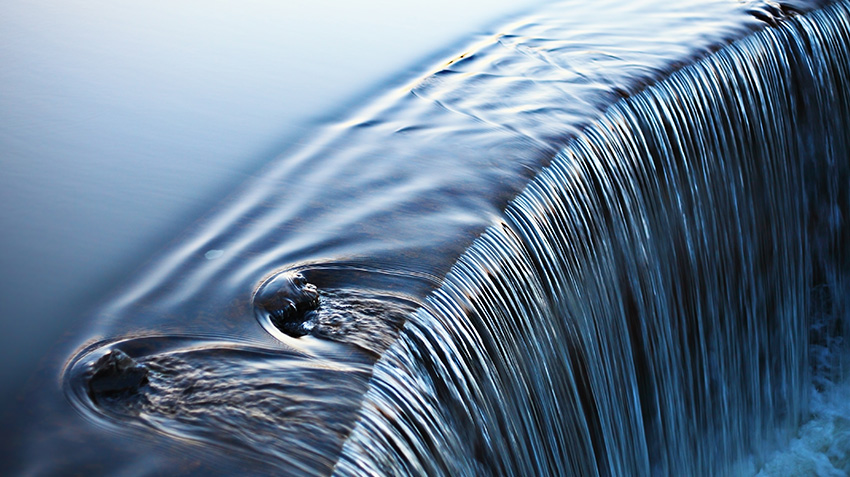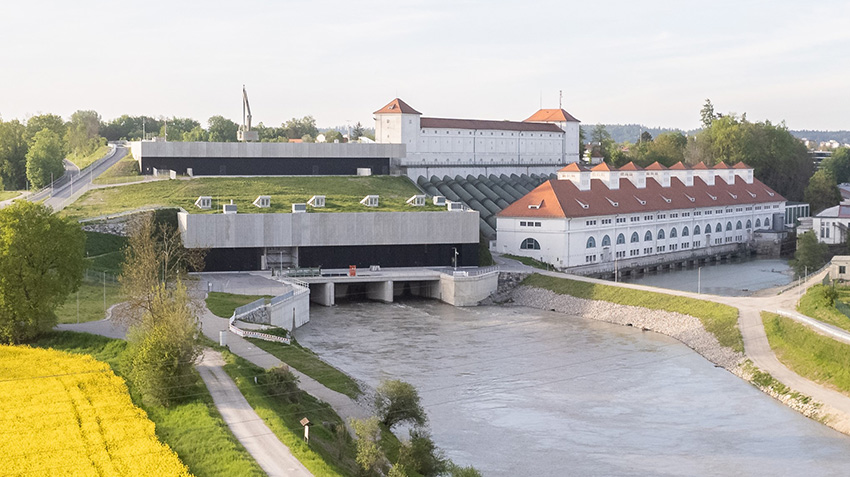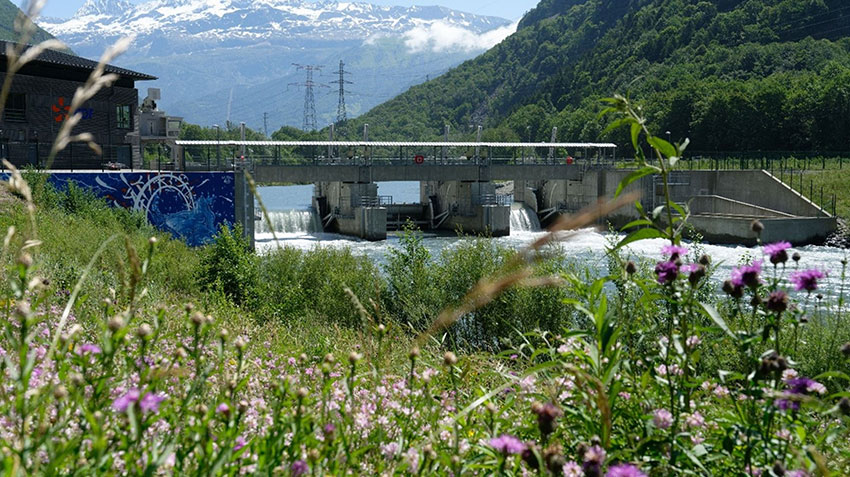The Way of Water part II: why Avatar had it right for the planet’s climate and nature

“Just like Avatar embraced the way of water and harnessed its power to win the final battle, so should Europe when fighting to win net zero” said our first report on hydropower highlighting the benefits of reservoir and pumped storage hydropower. But just like Avatar fought for his planet’s species, so should Europe. Climate mitigation and protecting biodiversity must go hand in hand. Hydropower makes it possible, shows Eurelectric’s second report on hydropower and sustainability.
For decades, the hydropower sector has put significant efforts into improving river ecosystems to deliver on the EU’s water and nature legislation objectives. Today there are about 20,000 hydropower plants in Europe that provide renewable and flexible energy while accounting for less than 10% out of the one million barriers currently present in European rivers. Several plants have also taken measures to reduce their impact on biodiversity and improve rivers’ continuity through timely renovations.
“Refurbishing is a crucial occasion for Europe to increase renewable hydropower generation, while reducing environmental impacts by championing initiatives to foster biodiversity.” – says Adrian Lindermuth – Advisor for Hydropower & Social Sustainability at Eurelectric
Benefiting renewables’ integration
More hydropower translates into higher flexibility and storage capacities to balance variable wind and solar generation, thereby contributing to the decarbonisation of Europe’s economy with a very low life-cycle carbon footprint - the lowest among renewable technologies.
Beyond electricity generation, hydropower yields multiple benefits including flood and drought mitigation, supply of water for drinking, irrigation and industrial purposes as well as promotion of tourism and navigation.
Benefiting biodiversity
Meanwhile, to ensure a net gain for biodiversity, several hydropower plant operators are going the extra mile by integrating nature-friendly practices into their renovation plans to restore degraded habitats and help biodiversity thrive.
Germany’s hydropower plant in Töging-Jettenbach is a case in point. The site was refurbished to grow renewable capacity by 40% and increase power generation by a quarter. During the refurbishment, a two-way fish pass was built to reestablish river continuity and facilitate migration of aquatic species up and downstream. Grasslands and wetlands were created, and floodplains reconnected to provide essential habitats for endangered species. The renovation also improved the freshwater ecosystem’s biodiversity, by implementing extensive structural and hydromorphological measures such as creating areas with higher and lower flow velocity to support fish migration and pools to bring natural ecosystems back to life.

Another success story is the French Romanche-Gavet hydropower plant refurbishment, where five consecutive barriers were removed and replaced by one single upgraded facility allowing for a 20% capacity and 40% generation increase. This decision enabled the creation of a free-flowing river stretch and restoration of more than 10 hectares of terrestrial and fluvial habitats.

However, for these approaches to become mainstream, a stable legislative environment is paramount to strengthen long-term visibility and investors' confidence in these capital-intensive investments.
Beyond clear investments signal, permitting processes must also be simplified for hydropower projects on a par with wind and solar PV, considering its role in achieving EU’s decarbonisation and biodiversity targets.
Eurelectric will continue to detail best practices between renewables generation and biodiversity protection in the second edition of its Power Plant study.
